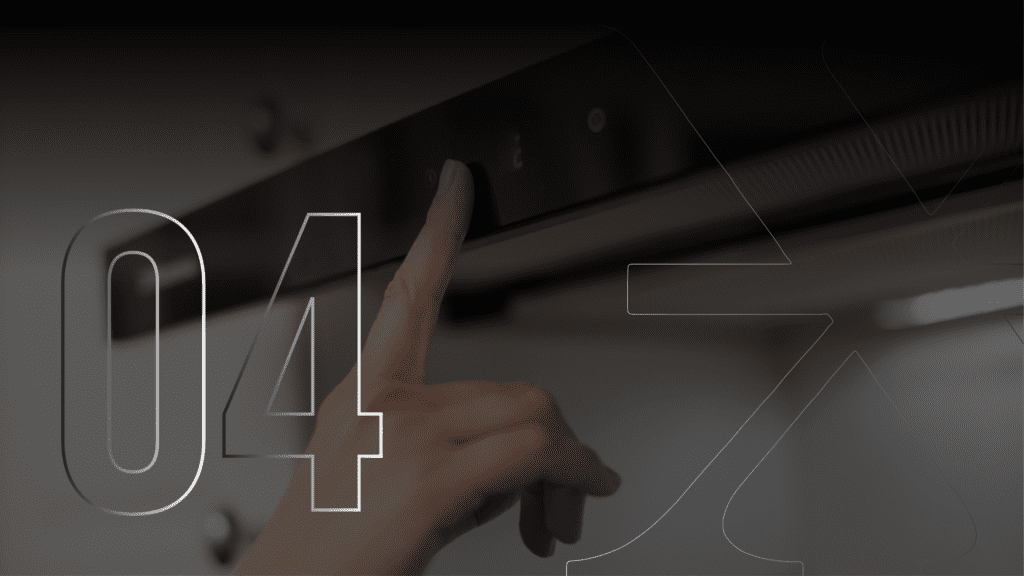
Ventilation solutions: Enhancing Your Kitchen with Exhaust Hoods
A kitchen exhaust hood is super handy to have in your home. It’s like a magic wand that whisks away smoke, heat, and food smells from your kitchen. Without an exhaust hood, all that smoke and smell would just hang around in your kitchen, making everything feel stuffy and smelly.
What are the key features of Kitchen Exhaust hood?
With an exhaust hood, you’ve got a powerful fan that sucks up all the unwanted stuff and sends it outside. This keeps your kitchen air fresh and clean. Plus, it helps keep your walls and ceiling free from greasy build-up that can happen over time when you cook a lot.
Where to install these kitchen hoods?
- Choose the right hood for your kitchen layout and cooking habits.
- Measure carefully to make sure the hood will fit perfectly above your stove.
- Turn off the power to the area where you’ll be working.
- Remove old hoods or cabinets if necessary.
- Install proper venting to the outside of your home, following local building codes.
- Mount the hood using brackets or screws provided by the manufacturer.
- Connect the wiring for any lights or controls on the hood.
- Seal any ductwork to prevent leaks of air.
- Turn the power back on and test your new hood.

What are the types of Kitchen Exhaust hoods?
Kitchen exhaust hoods come in all shapes and sizes, each with its own special features. Let’s talk about some common types you might find.
Under-cabinet hoods. These are great for saving space because they fit snugly under your kitchen cabinet, right above your stove. They’re pretty popular because they blend in well with most kitchen designs.
Wall-mounted hoods. These are installed against the wall and usually have a decorative chimney that stretches up to the ceiling. They’re a good pick if you want to make a style statement in your kitchen.
Island hoods are your go-to. They hang from the ceiling right above your island, and they’re designed to look good from all angles since they’re not against a wall.
Downdraft hoods are pretty cool. They’re hidden in your countertop and pop up when you need them. When you’re done cooking, they slide right back down out of sight.
Insert hoods, which are tucked away out of sight inside your cabinetry. You only see the trim or the pull-out part when it’s in use.
Each type has its own way of dealing with kitchen fumes, but they all aim to keep your cooking space fresh and smoke-free.
What are the benefits of these hoods?
A kitchen exhaust hood is super handy. It’s like having a big fan that sucks up all the smoke, steam, and cooking smells from your stove or cooktop. This means your kitchen stays fresh and clean, even after frying fish or searing meat. Plus, it helps keep the walls and ceiling free from grime. It’s also good for your health because it gets rid of cooking fumes that can be harmful to breathe in. So, not only does your kitchen look better, but you’re taking care of your well-being too.
How to clean these exhaust hood filters?
Cleaning your kitchen exhaust hood filters is a piece of cake! It’s an important task to keep your hood working like a champ. To clean greasy filters, soak them in hot, soapy water with baking soda. For tougher grime, use degreaser, scrub, rinse well, and let dry before re-installing for better efficiency and safety.
